It's the trending workout of the moment - 6 best Pilates exercises for beginners, if you're keen to try it
Calling all newbies - these are the top moves to learn
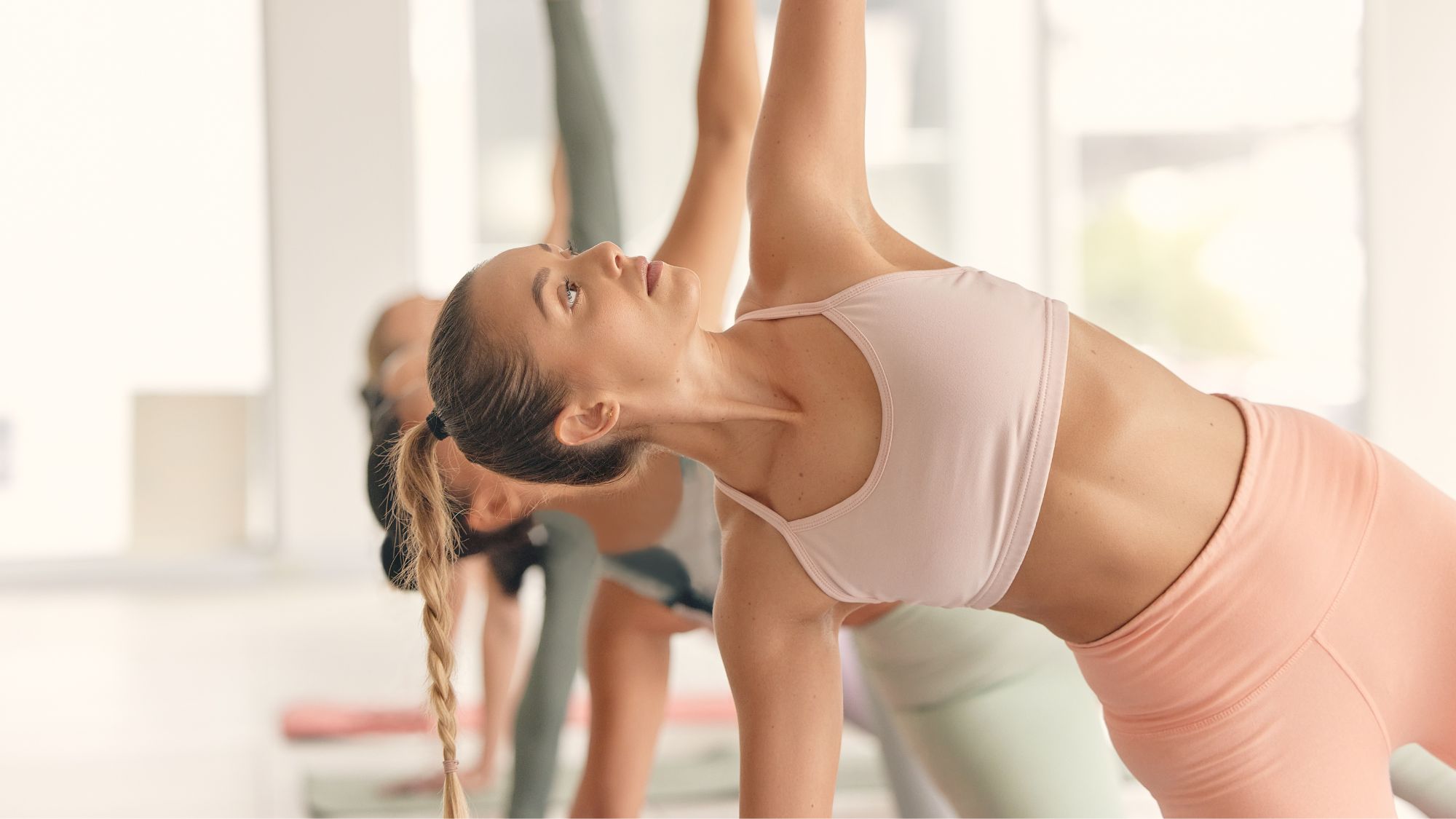

There’s no two ways about it — the best Pilates exercises for beginners are a great place to begin if you’re new to the low-impact form of fitness and keen to find your flow.
You don’t need to be a private investigator to know that Pilates workouts are big business right now. According to Google, there are up to one million searches for Pilates each month, while over on Instagram, #Pilates has 27m posts attached to it (and counting). Then there’s the likes of wall Pilates and the 28-day Pilates challenges that continue to do the rounds on TikTok.
To sum it up: the powerful mind-body practice is going nowhere fast. And with heaps of benefits (think: longer, leaner muscles, better posture and a stronger core), what’s not to love?
If you’re tempted to jump on the bandwagon, all this info might leave you wondering what type of Pilates is best for beginners. What does Pilates do to your body, and what Pilates moves are worth mastering? These are all valid questions. After all, this no-nonsense workout has so many iterations and variations with Reformer Pilates and Pilates bar exercises you can do at home, it can be overwhelming to know where to start.
To help, we asked a handful of Pilates pros and studio owners to decipher what moves are worth knowing about if you’re new to the seemingly ever-growing movement. So keep scrolling to get the lowdown - and while you’re here, don't miss our guides to 20-minute Pilates workouts and Pilates for beginners.
These are the best Pilates exercises for beginners, according to top coaches
What is a Pilates exercise for beginners?
As we’ve touched on, Pilates workouts come in a variety of forms. But not all types of Pilates are created equal. Which is why it’s worth taking some time to figure out what type works best for you and your fitness goals.
For those starting their Pilates journey from scratch, Diana Coffey, head of academy and movement at STRONG Pilates recommends trying out mat Pilates. “Mat Pilates is a great place to start, given that it focuses on key fundamental exercises and prioritises things like alignment and balance. It’ll also allow you to practise exercises that don’t require any aids or accessories, which come a little later down the line when you get a little more advanced.”
Marie Claire Newsletter
Celebrity news, beauty, fashion advice, and fascinating features, delivered straight to your inbox!
The expert also recommends going along to an in-person instructor-led class. “Just so the instructor can ensure you have the correct form and perhaps make adjustments in line with any imbalances or injuries you may have,” Coffey says.
However, don’t be fooled into thinking mat Pilates is easy. “You can’t hide on the mat, it will easily highlight imbalances,” Claire Mills, physiotherapist and founder of Pilates studios, Core LDN, confirms.
But, if you're still tempted to give another form of this exercise a go, like reformer Pilates , we bring good news: “Reformer Pilates in particular can be a satisfying and rewarding way to start a fitness journey because there are so many exercises that can be regressed and progressed in a broad range to accommodate each individual as they become stronger and more experienced through time,” Hilary Rowland from Reformcore says.
@camisophiaaaa ♬ Calm Down - Rema & Selena Gomez
What are the benefits of Pilates exercises for beginners?
The benefits that Pilates can bring still apply here — no matter whether you're a seasoned pro or just starting out. As Coffey confirms: “Benefits include an improvement in strength, posture, mobility and balance. This, in turn, reduces the likelihood of you struggling with things like back pain or joint misalignment, and can also lead to improved coordination and general awareness of how your body feels day-to-day.”
Pilates exercises for beginners can also help you strengthen your core. Which, Lotti Benardout, founder of Studio Anatomy explains is ‘where every move within the practice starts’.“Pilates also encourages a deeper mind-body connection,” she continues.
We know it can be tempting to skip the basics and jump straight into mastering the harder Pilates moves. But you’ll essentially be walking before you crawl. “Starting with lower-level exercises then progressing will help you ensure that you are correctly activating and using your deep abdominals and postural muscle system building the strength and control from within,” Mills says. “By doing this you will undoubtedly feel and notice changes quicker in terms of strength and toning.”
How many times a week should a beginner do Pilates?
There's no hard and fast rules here. “Joseph Pilates’ famous quote is: ‘In 10 sessions you will feel the difference, in 20 you will see the difference, and in 30 you’ll have a whole new body’,” Mills says. “This was based on doing three sessions a week over three months.”
And Pilates pro Coffey agrees with this train of thought. “Going to an in-person class with a qualified instructor three times a week will leave you engaging your muscles enough to improve strength and mobility without overworking yourself and giving yourself enough time to recover between sessions,” she shares. “It’ll also give your brain enough time to create muscle memory between sessions, so that you’re consistently improving week on week, building your confidence across different exercises.”
But what does the research say? A study published in The Journal of Bodywork and Movement Therapies and a later 2023 article suggests you’ll need to complete anywhere between two to three one-hour sessions a week for 12 weeks to really boost abdominal strength, and endurance and better your hip and shoulder joint mobility.
The bottom line? Everybody is different. So listen to your body and do what feels suitable with your current fitness levels. If you’re still unsure of where to start, check out our guide to Pilates for beginners.
@ashatalia ♬ Little Life - Cordelia
What are the six rules of Pilates?
The six key Pilates principles embody everything that this low-impact movement is all about. According to Lotti Benardout, founder of Studio Anatomy, the six rules include:
- Breath: “In through the nose and out through pursed lips (like you’re blowing out a candle),” Benardout says. “In Pilates, your aim is to breathe fully into the front, back and size of your ribcage, also known as Lateral Thoracic breathing. No matter how intense or complex the movement, you’re encouraged to work with your breath, using it to guide and enhance every exercise.”
- Concentration: “Nurturing the mind-body connection is great for your nervous system and your practice as a whole,” the expert says. “Becoming more focused and mindful of each movement will help get the most out of each exercise and increase your sense of bodily awareness,” she adds.
- Centering: This is all about finding and maintaining your core connection. “Every exercise in Pilates should start from your core, also known as your ‘Power House’,” Benardout says. “It’s easy to overcompensate with bigger external muscles in the arms and legs, but the art of centering is the process of continually coming back to your core.”
- Control: Finding and sustaining control in your movements will allow you to complete every exercise with the correct form, Benardout explains. And as we know: “Form and alignment are essential to a safe and injury-free practice,” the Pilates pro reinforces.
- Precision: Moving with intention and finding precision is key to Pilates. But Benardout noted that this can be easier said than done. “Focus on doing fewer repetitions with greater form,” the expert recommends.
- Flow: “Finding your flow is one of the most rewarding principles in Pilates,” Benardout says. “Each movement should feel continuous and fluid. The more you nurture your practice, you can start to seamlessly link your moves, transitioning smoothly from one exercise to the next, which is great for building strength and stamina.”
The best Pilates exercises for beginners to master
1. Shoulder bridge
Why? “A great exercise to mobilise and warm up your spine whilst activating the back line of your body- the glutes, hamstrings and deep back muscles,” Mills says.
What? Lie on your back with your legs bent and hip-width apart. Place your arms down by your side and lift your pelvis and hips upwards. This should make a diagonal line from knee to shoulder.
How long? Repeat for 12-15 reps.
2. Hundreds
Why? “An abdominal exercise which makes you focus on breathing while maintaining a strong core,” Mills explains.
What? This is a classic mat Pilates exercise and the aim is to activate your deep abdominals while pulsing your arms.
How long? Perform 5 arm pulses as you inhale and a following 5 as you exhale. Complete this breathing and control for 100 pulses.
3. Swimming
Why? “An exercise to strengthen the deep stabilising muscles of the spine, we need to be strong front to back,” Mills explains.
What? To master this move, lie on your stomach and lengthen alternative arms and legs hovering off the mat as though you are 'swimming'.
How long? Aim to do for 30-60 seconds x 2 sets or 12-20 reps x 2 sets.
4. Curl up/ chest lift
Why? “This exercise allows you to isolate the work in your upper abdominals whilst maintaining a neutral spine deep abdominal connection,” Mills says.
What? One of the most common ab exercises, lie on your back with your knees bent and engage your core as you raise your shoulder blades off the floor.
How long? Repeat for 12-15 reps.
5. Bird dog
Why? “Bird Dog is a full body strengthening exercise which improves shoulder mobility, core stability, balance, and posture, so it’s certainly worth trying to master this one early in your Pilates journey,” Coffey explains.
What? This is one of the best core exercises you can do. Start in a kneeling position, with your knees under your hips and your shoulders above your wrists. Keep your head and neck in a neutral position and lift one arm ahead of you while lifting your opposite leg behind. Repeat on the other side.
How long? 8-12 reps.
6. Back extensions
Why? “Back extensions are a great postural exercise designed to strengthen the spine and the glutes while also opening the chest up slightly,” Coffey says. “Our modern lives have left many of us with a rounded spine and protruding chin, which often leaves us with back and neck pain, so back extensions can really help counteract this.”
What? Essentially, this involves lying on your stomach, lifting your upper body off the mat and pressing your pubic bone and legs into the floor. Remember to breathe throughout!
How long? Start with 8-12 reps.
Shop Marie Claire UK's go-to Pilates kit:
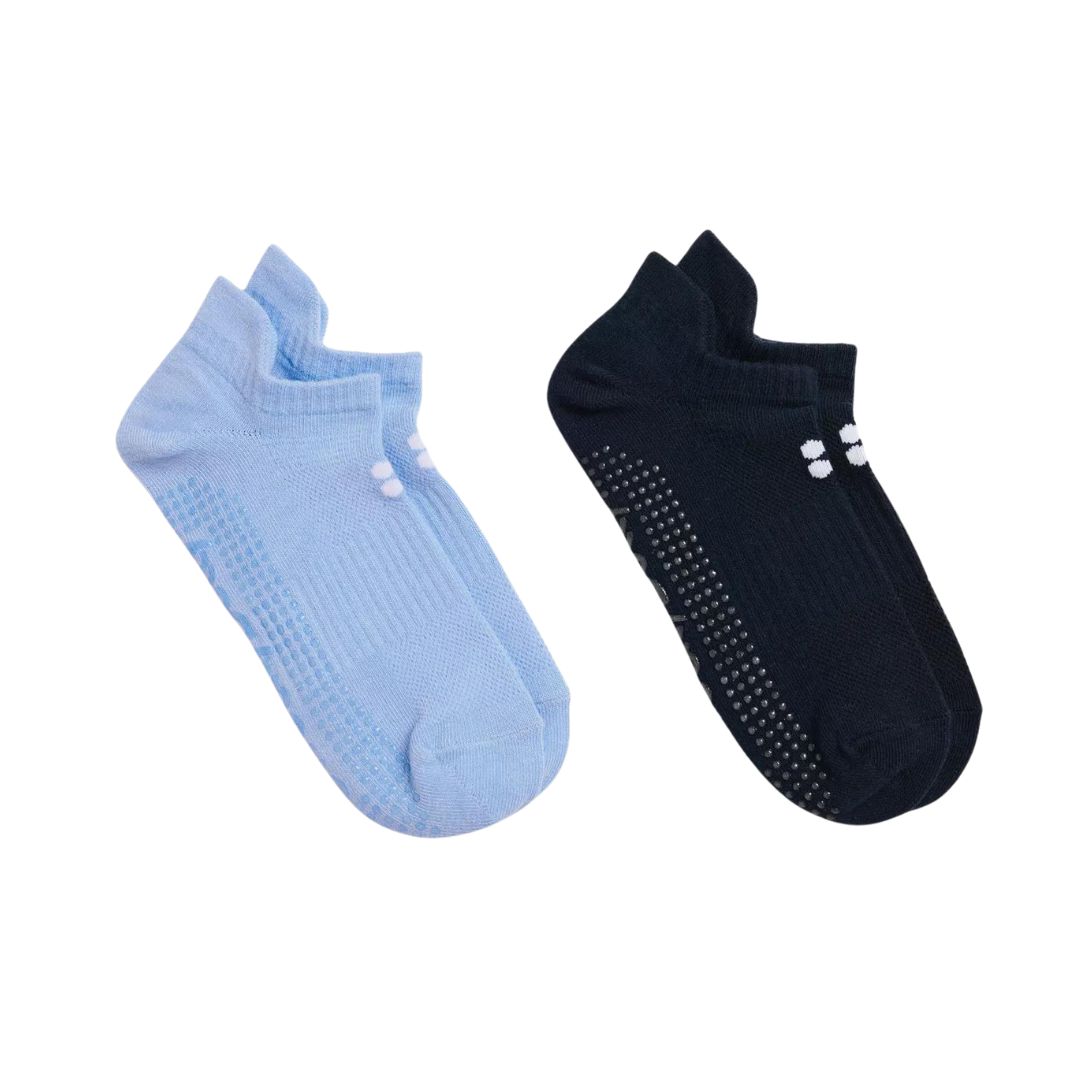
Whether you’re doing reformer Pilates or mat practice, grippy socks will help to improve your grip and help you perfect your form. We love these beautiful options from Sweaty Betty (and think you will too).
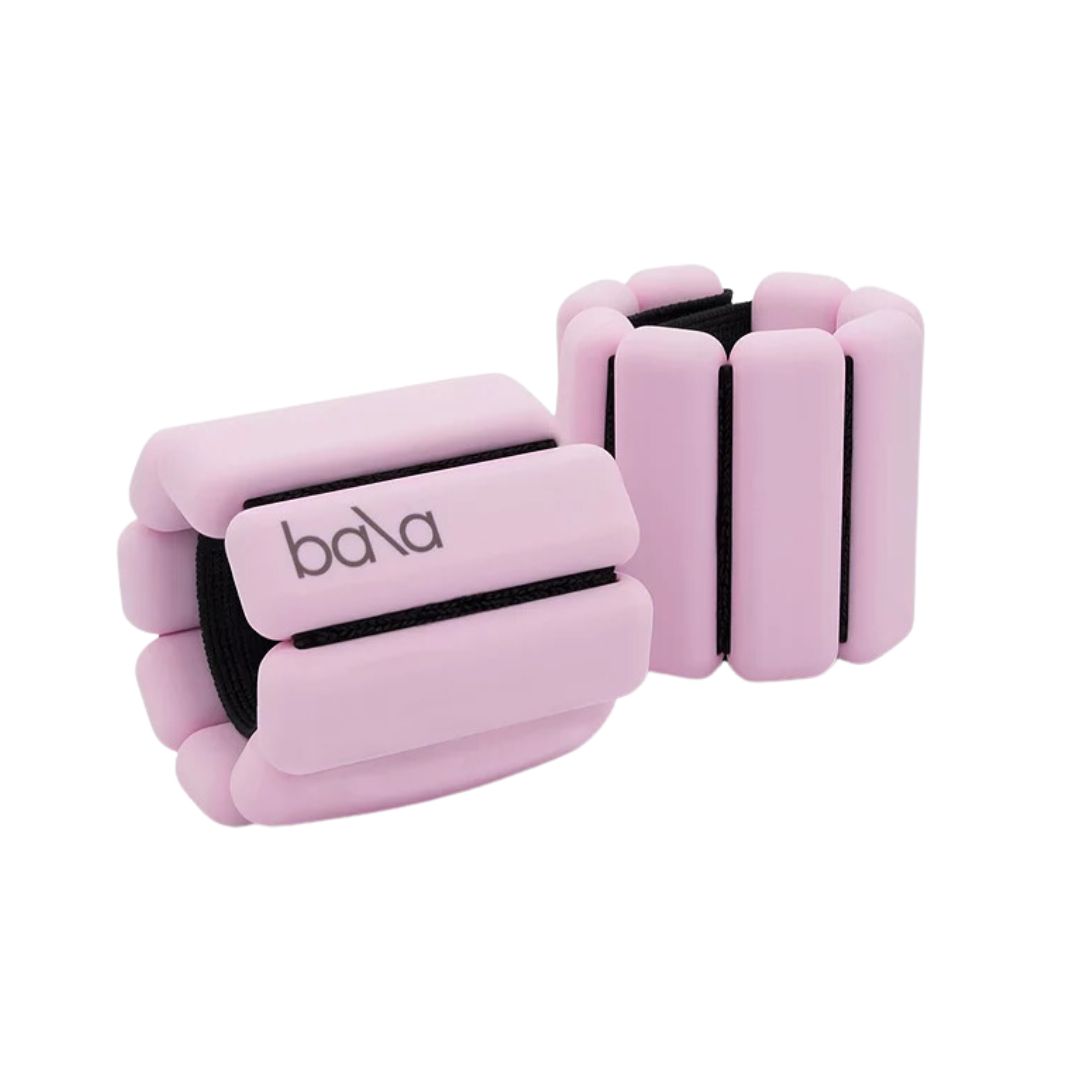
Ready to add some weights to your flow? It’s no secret that we’re big fans of the viral Bala Bangles here at Marie Claire UK. So much so, one staffer wrote a whole Bala Bangles review. But once you’ve mastered your beginner Pilates moves, you can slip these on and help increase the intensity.
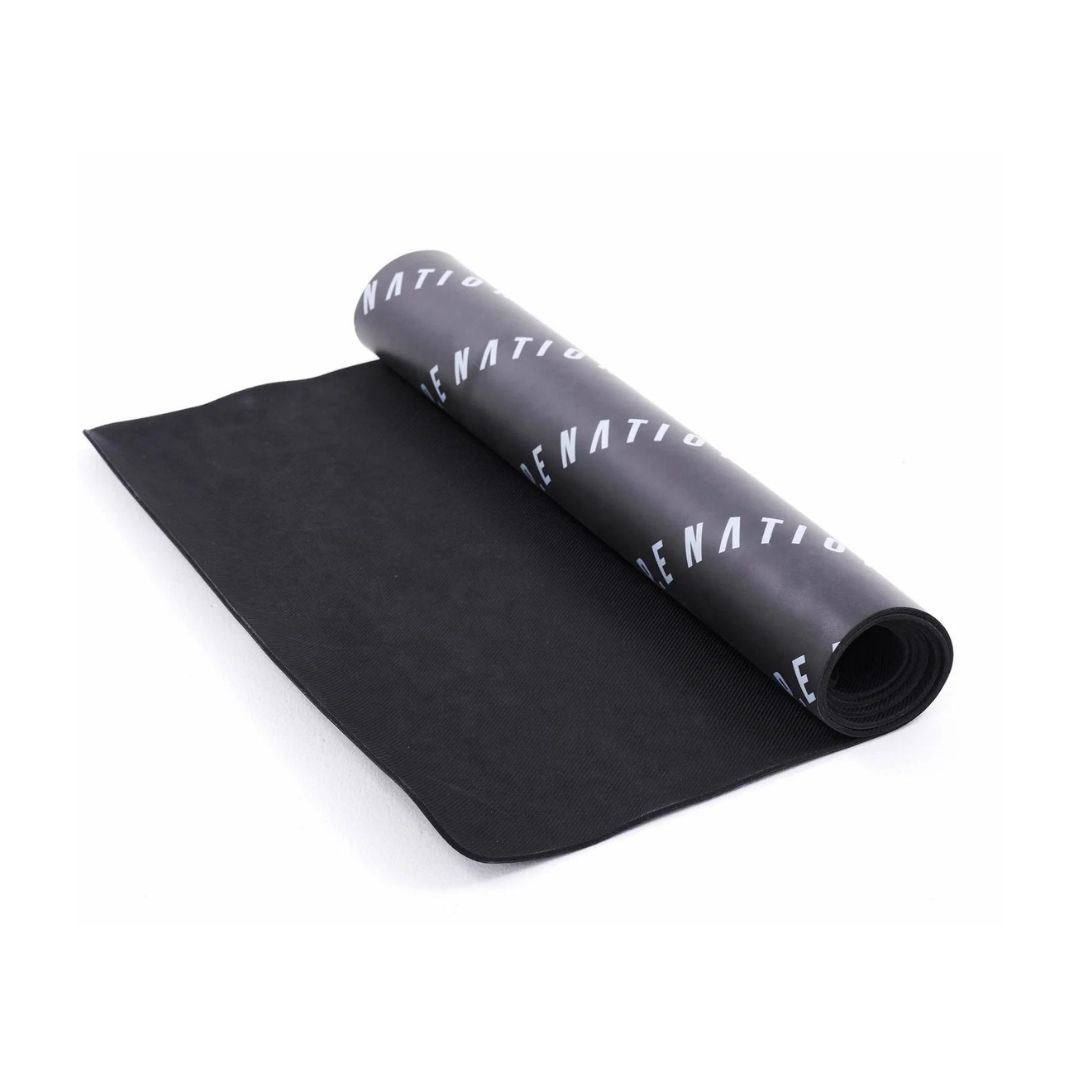
This is a great yoga mat that promises to support you through any home workout. It’s thicker than competitor mats so will cushion your joints as you twist and turn through your flow. Not only that, but the surface is particularly grippy, meaning you won’t be slipping mid bird dog!

Rebecca, or Becks, is a freelance journalist with more than ten years of experience in the industry. She specialises in all things health and lifestyle and has written for a number of brands including Women's Health, Stylist, the Evening Standard, Good Housekeeping, The Telegraph, Live Science, Tom's Guide and Fit&Well. Becks also writes copy for a number of brands and small businesses.
When she's not weight training, tracking down the best gym leggings, reading a book or at her desk typing away, you'll find her in the kitchen perfecting a new recipe or bake.
-
 Here's a rundown of The White Lotus cast members who have dated in real life
Here's a rundown of The White Lotus cast members who have dated in real lifeBy Jenny Proudfoot
-
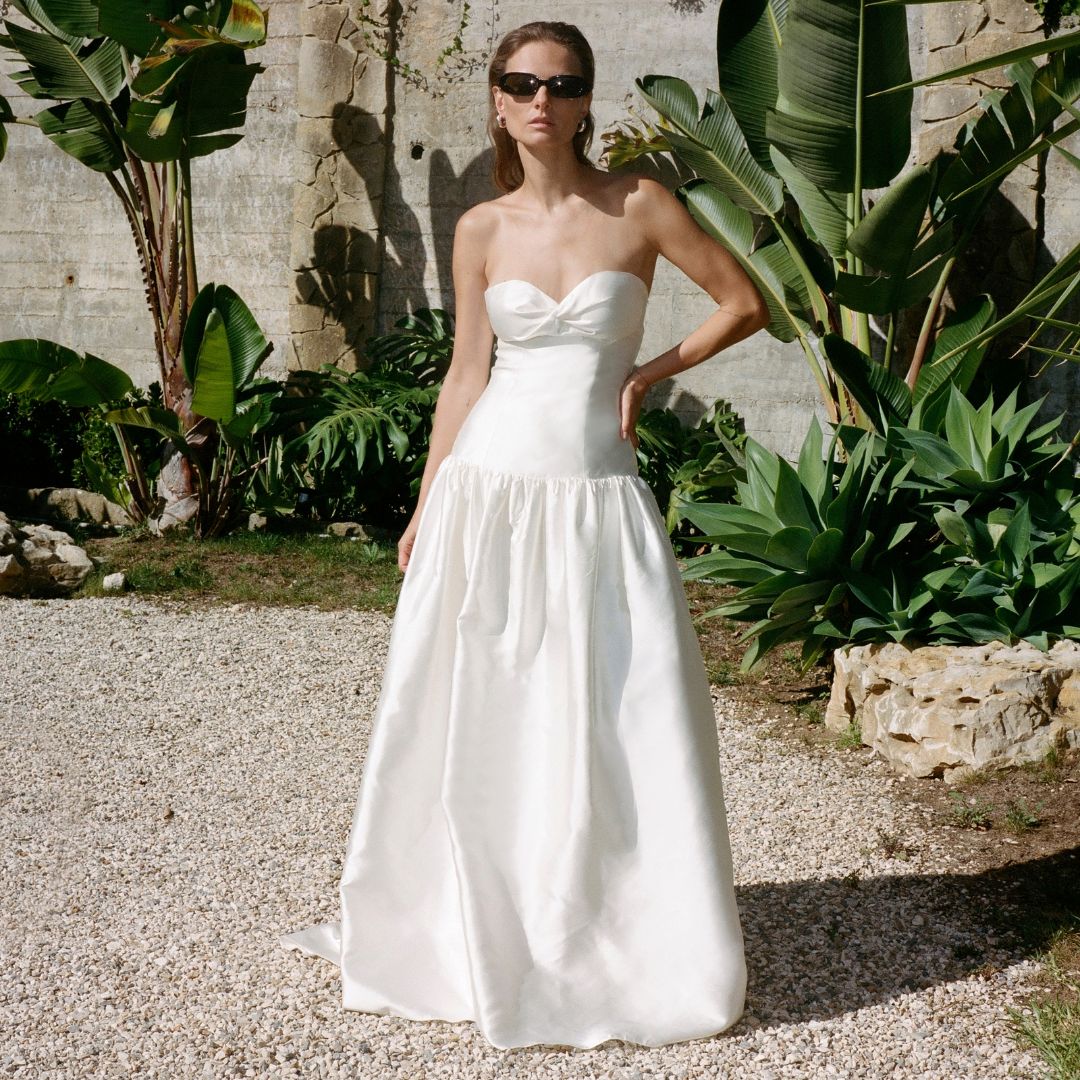 All the coolest brides are wearing drop-waist wedding dresses this year
All the coolest brides are wearing drop-waist wedding dresses this yearWedding Special Minimalist, nostalgic, and universally flattering
By Clementina Jackson
-
 Anya Hindmarch has just launched a fantastical diving shop in central London
Anya Hindmarch has just launched a fantastical diving shop in central LondonFor those who would rather be beside the seaside...
By Sofia Piza
-
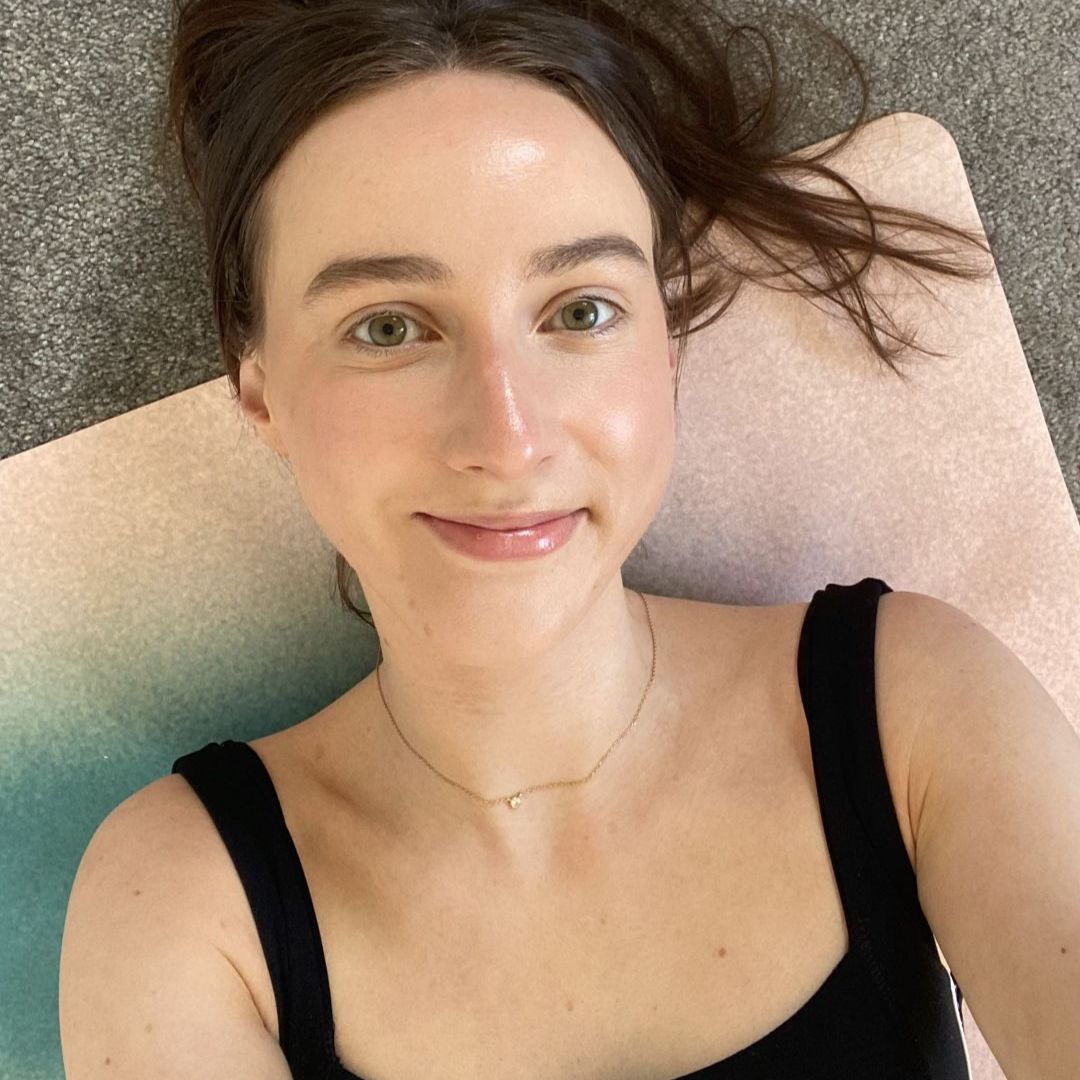 I tried Pilates scissors, the raved-about Pilates move - and think it's the best combination of stretching and strengthening ever
I tried Pilates scissors, the raved-about Pilates move - and think it's the best combination of stretching and strengthening everTrust me, this one's worth trying.
By Katie Sims
-
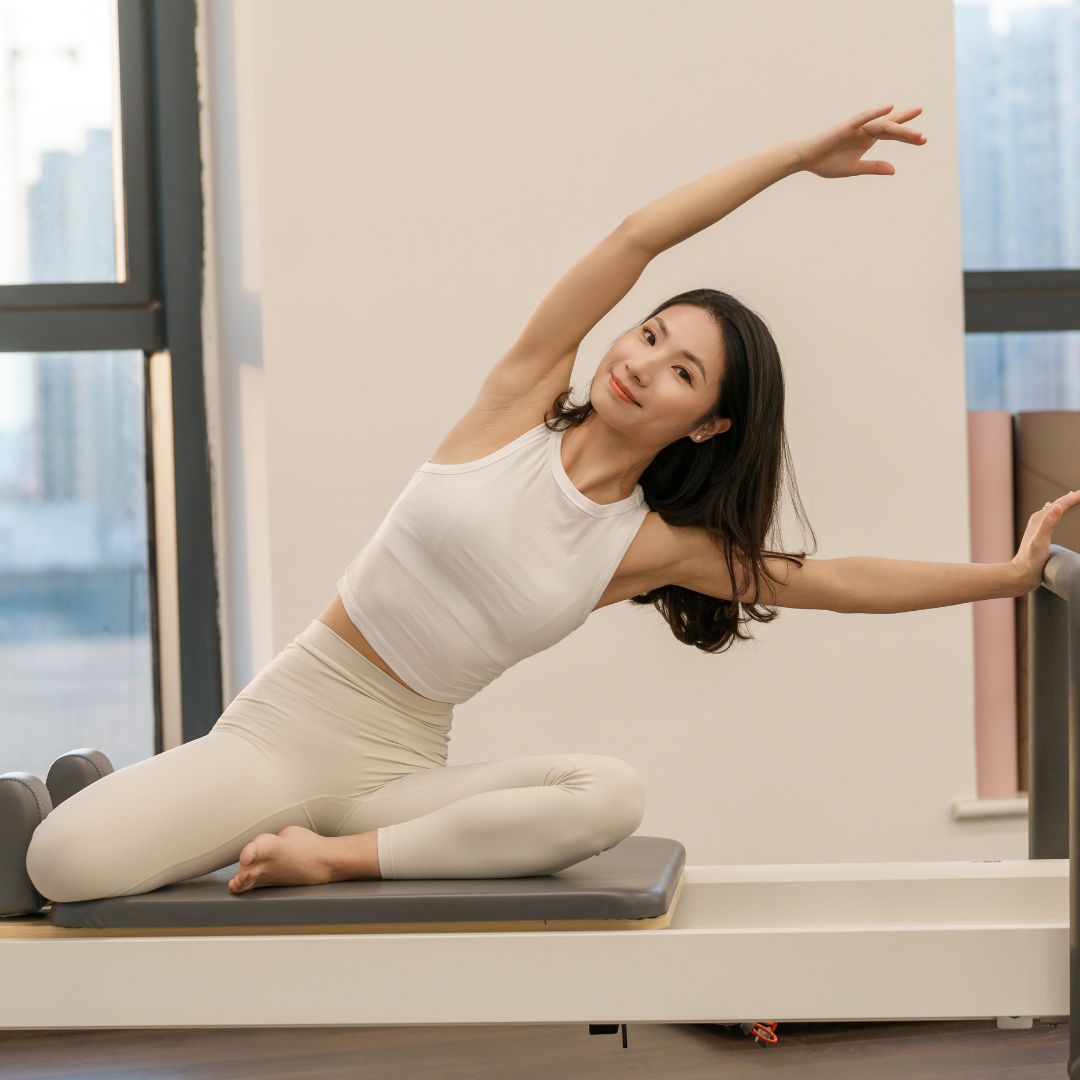 Eager to build a strong, stable core from home? 7 advanced Pilates core exercises that coaches do themselves
Eager to build a strong, stable core from home? 7 advanced Pilates core exercises that coaches do themselvesStability, strength *and* control? It's a yes from us.
By Anna Bartter
-
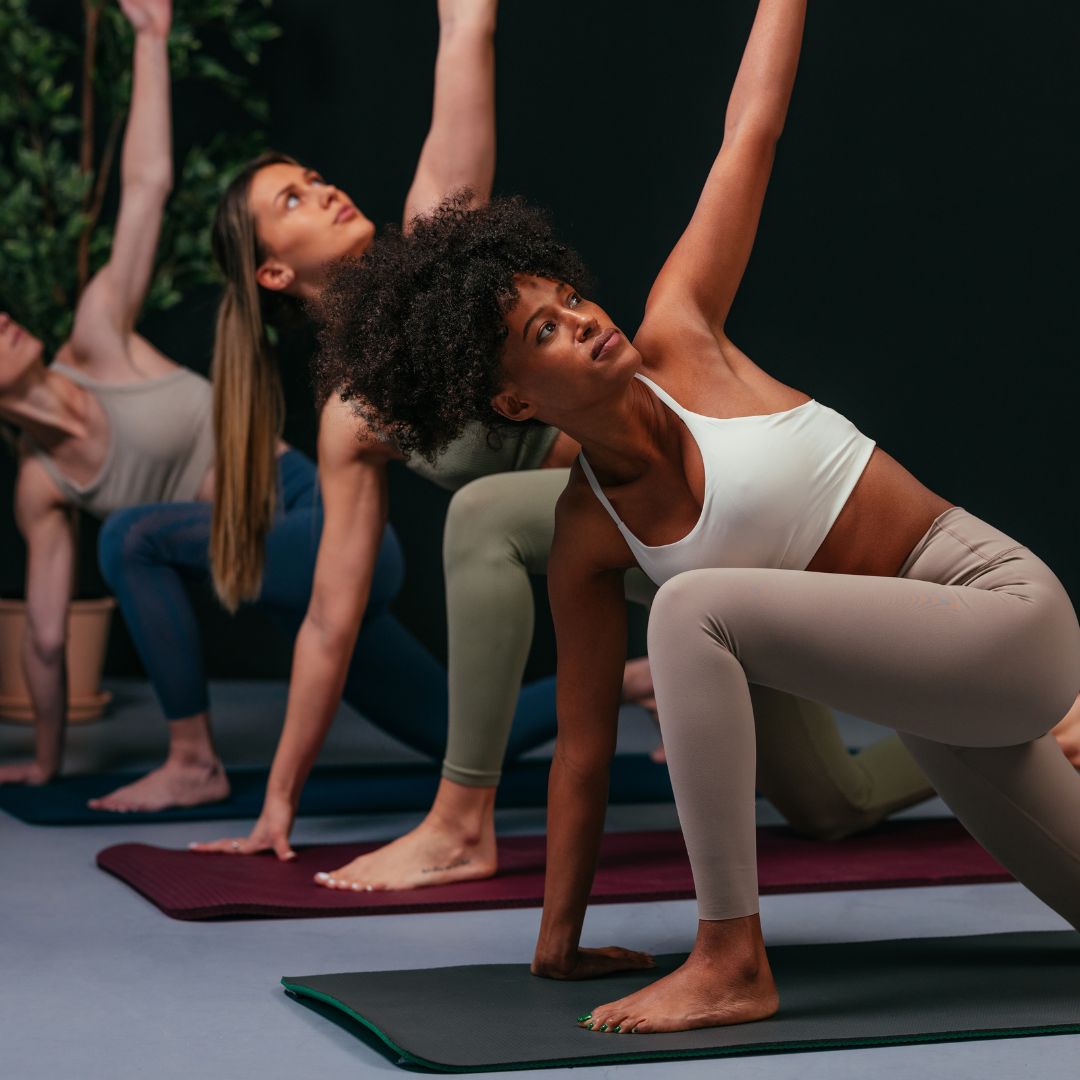 Classical Pilates is raved about worldwide as the most effective type of Pilates you can do - 8 exercises that instructors recommend
Classical Pilates is raved about worldwide as the most effective type of Pilates you can do - 8 exercises that instructors recommendTried, tested and trusted moves.
By Katie Sims
-
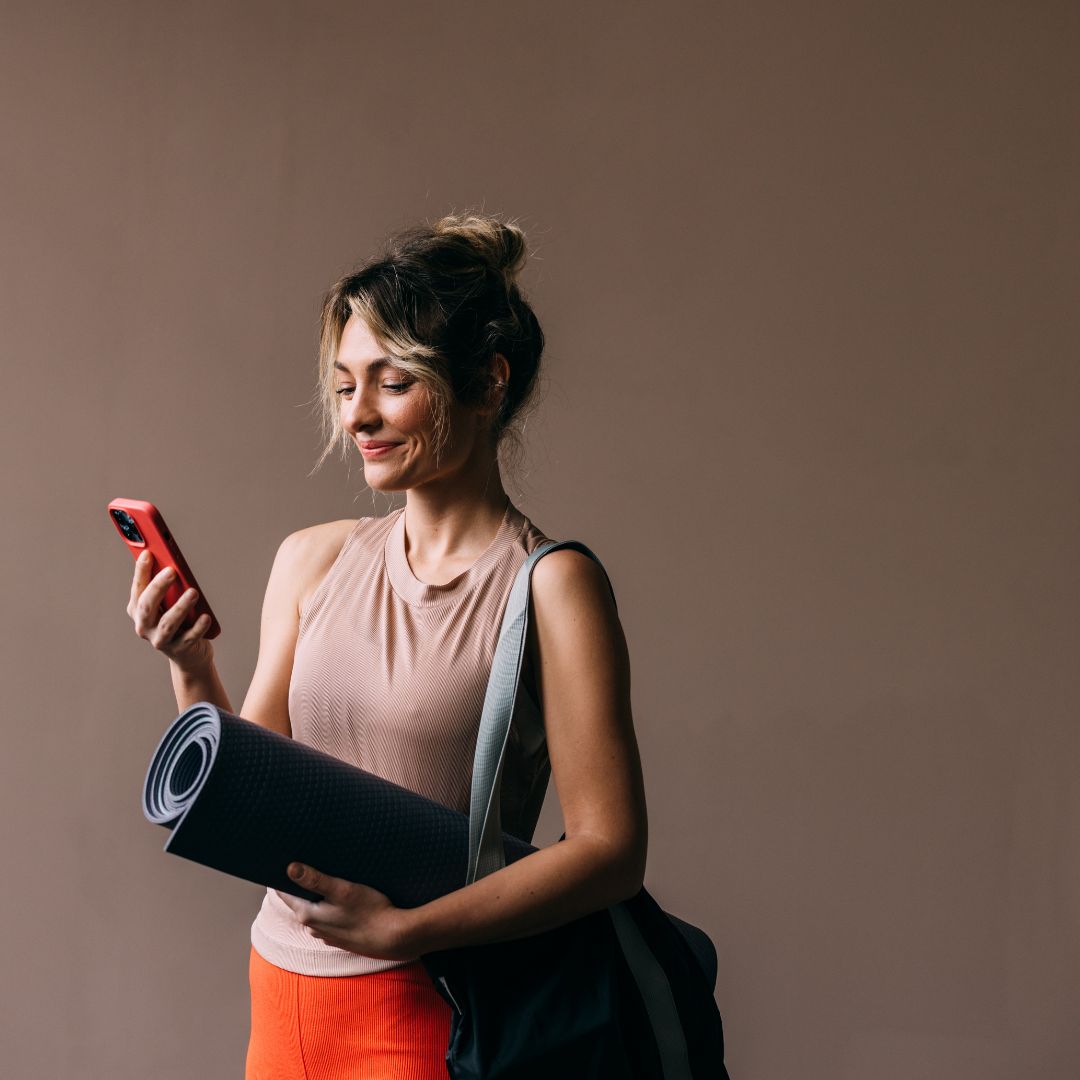 Fan of low-impact sessions? These are officially the 7 best Pilates apps for boosting strength, tone and mood
Fan of low-impact sessions? These are officially the 7 best Pilates apps for boosting strength, tone and moodYou can thank us later.
By Katie Sims
-
 I tried STOTT Pilates at home every day for a week - and I've fallen for the trending workout hook, line and sinker
I tried STOTT Pilates at home every day for a week - and I've fallen for the trending workout hook, line and sinkerYou'll want to give this one a go.
By Katie Sims
-
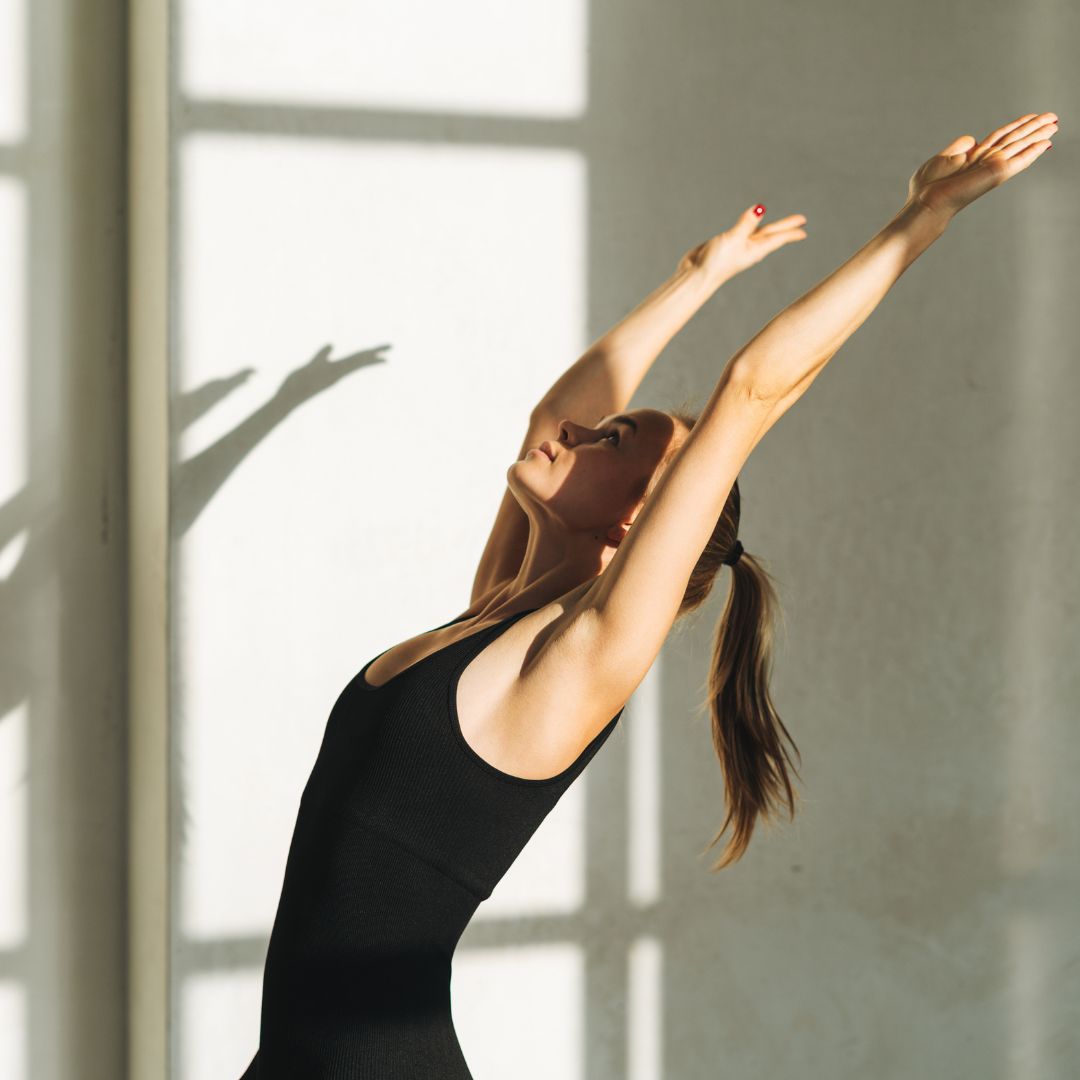 Keen to get Reformer results without the hefty price tag? 5 best Pilates boards to upgrade your home workouts
Keen to get Reformer results without the hefty price tag? 5 best Pilates boards to upgrade your home workoutsThey're great for small spaces, too.
By Amelia Yeomans
-
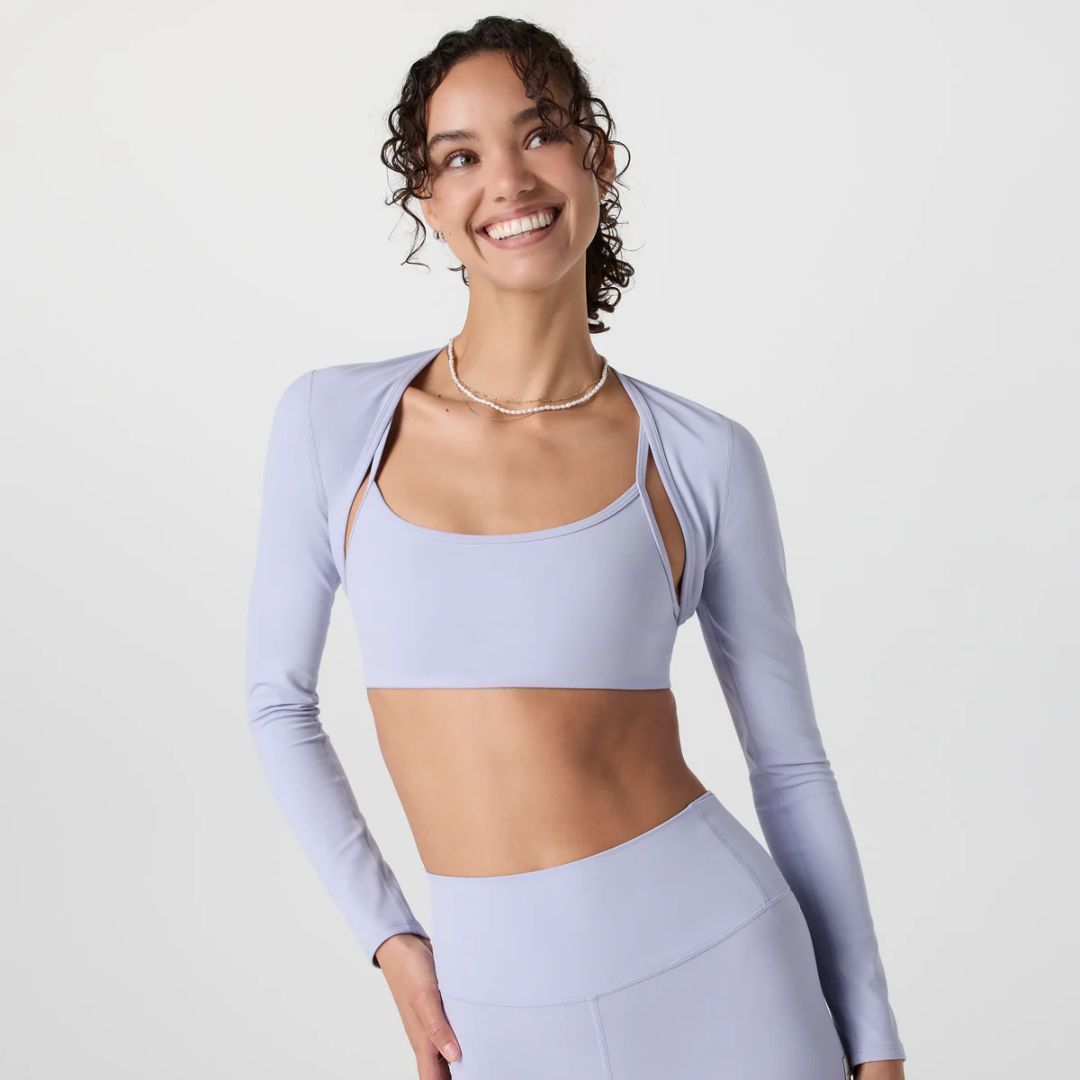 Pilates shrugs are set to be the next big activewear trend: 6 of the best, chosen by our expert Editors
Pilates shrugs are set to be the next big activewear trend: 6 of the best, chosen by our expert EditorsChic and comfortable? Sign me up.
By Amelia Yeomans
-
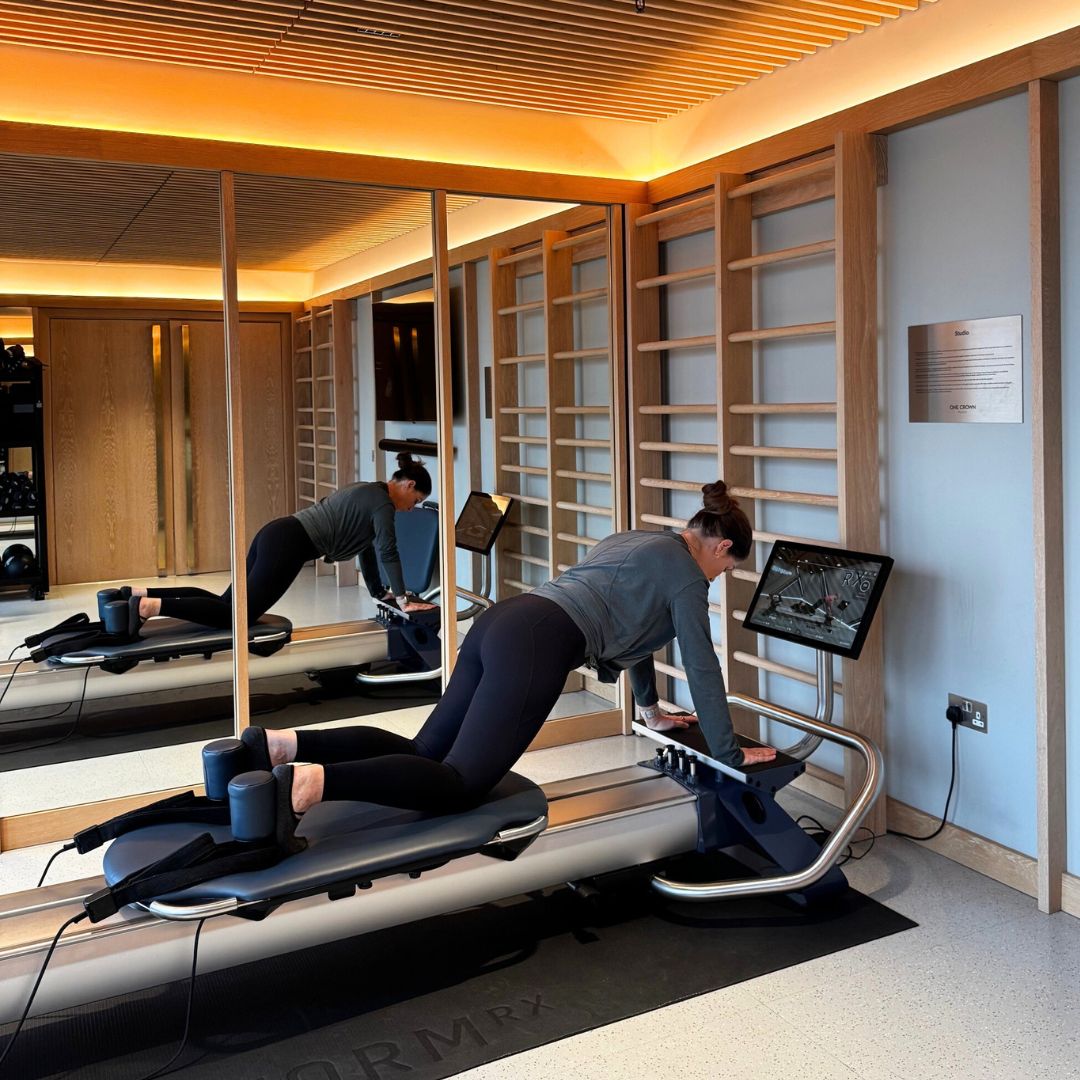 I tried Reform RX, the world's first virtual Reformer class - and have some thoughts
I tried Reform RX, the world's first virtual Reformer class - and have some thoughtsMeet the Pilates answer to a Peloton.
By Anna Bartter



